In 2023, scientists at the University of Texas Institute for Geophysics saw their research published in top journals, including Nature and Science, received the highest honors as both scientists and students (and even one from royalty!), and led major scientific missions at sea and on ice.
Here’s a few other stories you may have missed.
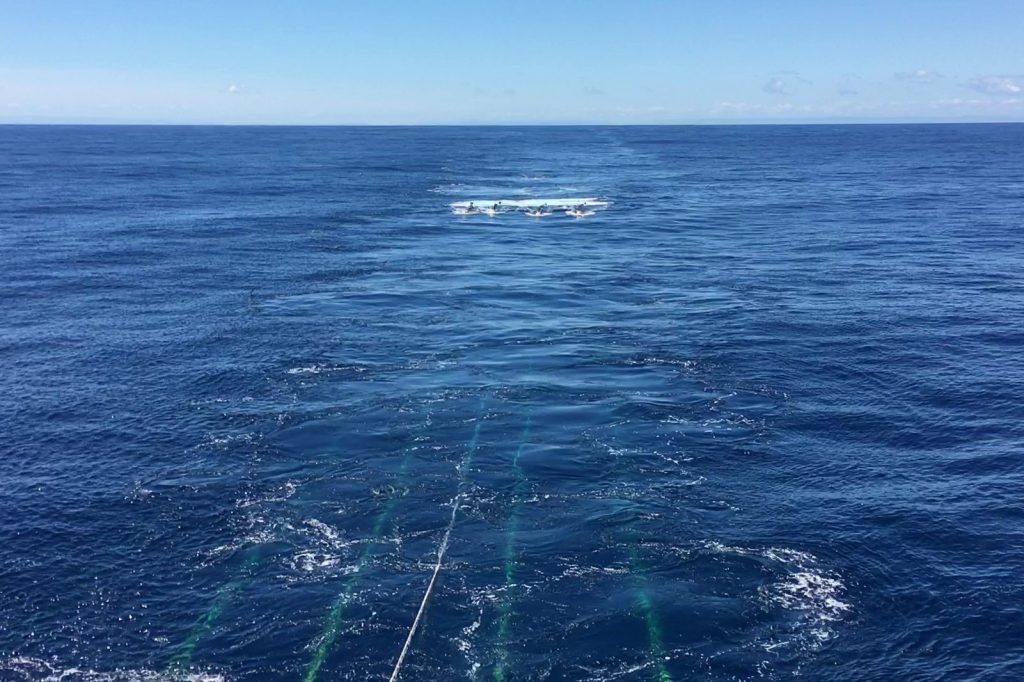
Discovery of Massive Undersea Water Reservoir Could Explain New Zealand’s Mysterious Slow Earthquakes
Researchers discovered a sea’s worth of water locked within the sediment and rock of a lost volcanic plateau, deep in the Earth’s crust. Revealed by 3D seismic imaging, the water may be dampening a major earthquake fault in New Zealand.
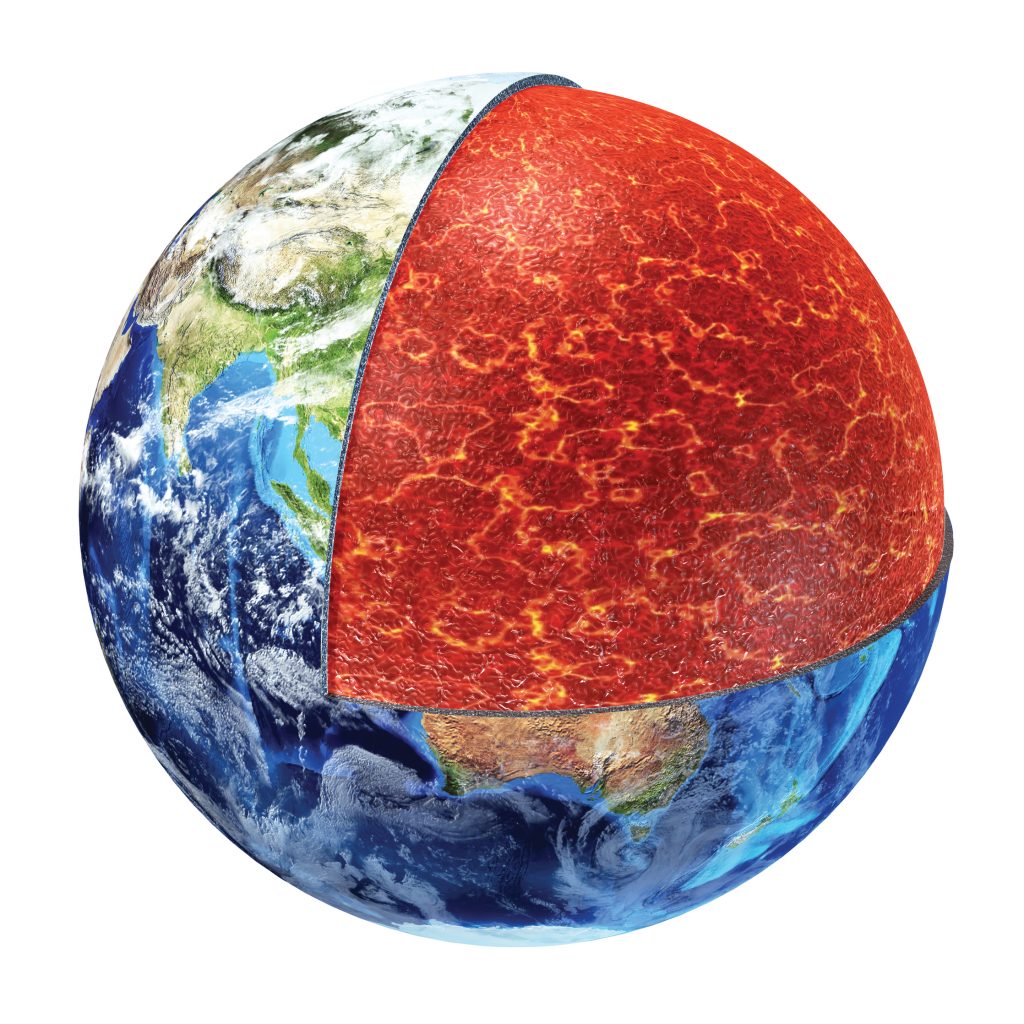
Scientists Detect Molten Rock Layer Hidden Under Earth’s Tectonic Plates
Scientists discovered a layer tucked in between Earth’s crust and the hot mantle. Surprisingly, it does not appear to play a part in the movement of tectonic plates. The discovery, means scientists can focus on other forces driving Earth’s tectonics.
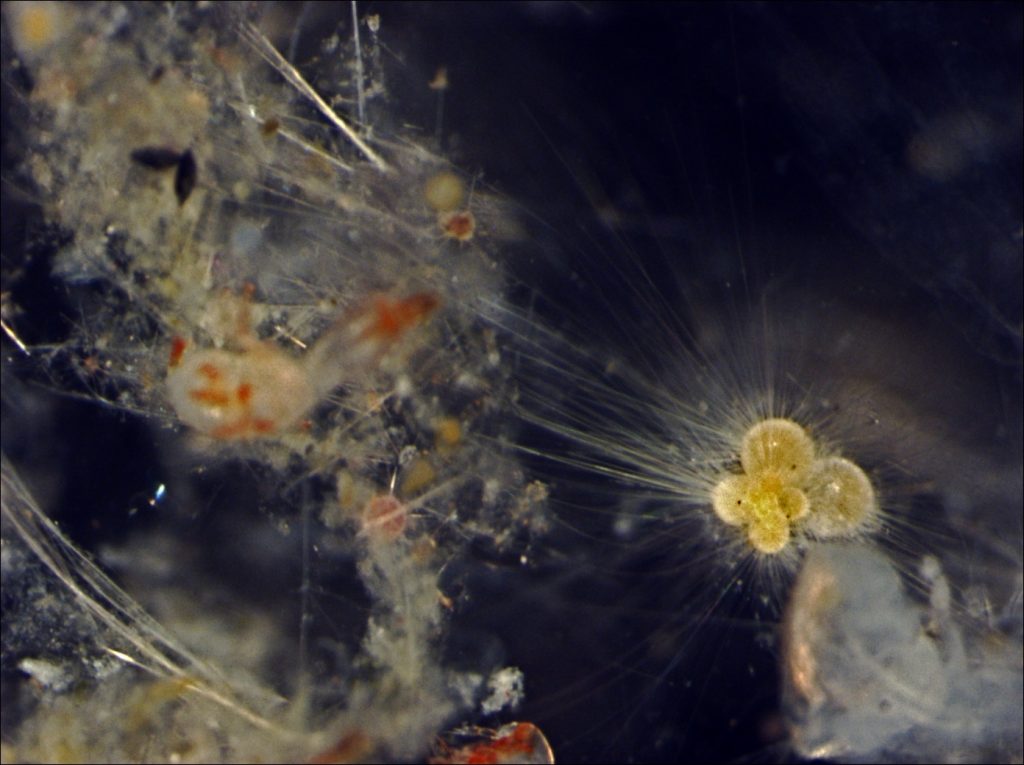
Climate Change Could Cause Mass Exodus of Tropical Plankton
Modern plankton biodiversity in the tropics is a surprisingly recent development and the result of 8 million years of global cooling, according to a study led by UTIG researchers and published in Nature.
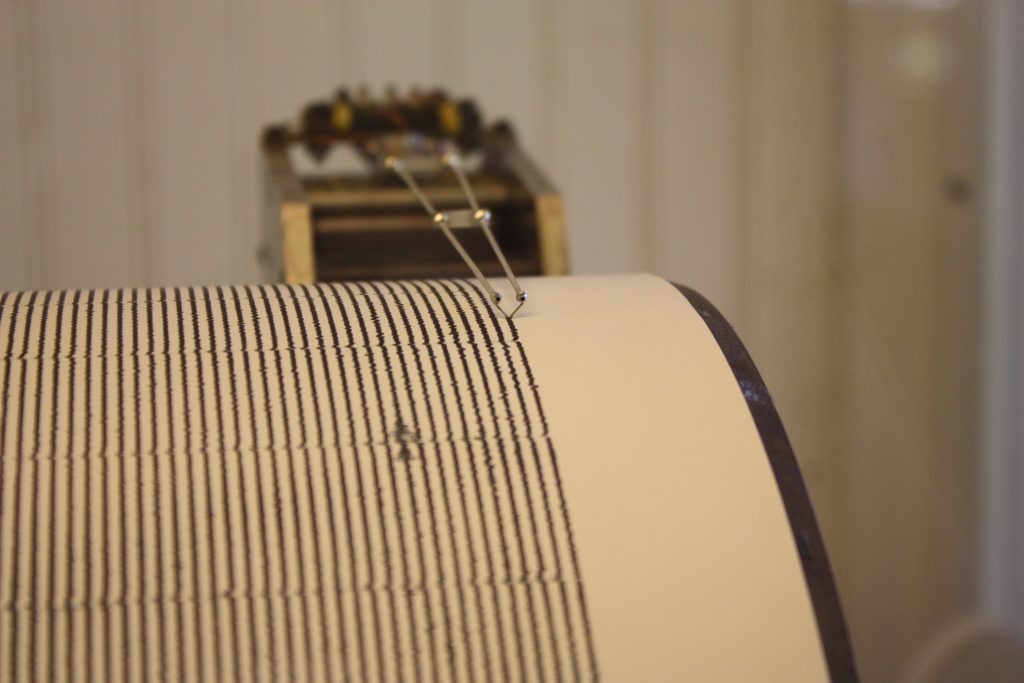
Earthquake Scientists Have a New Tool in the Race to Find the Next Big One
In a study published in Science, UTIG researchers discovered that frictional healing could be key to understanding when and how violently earthquake faults move.
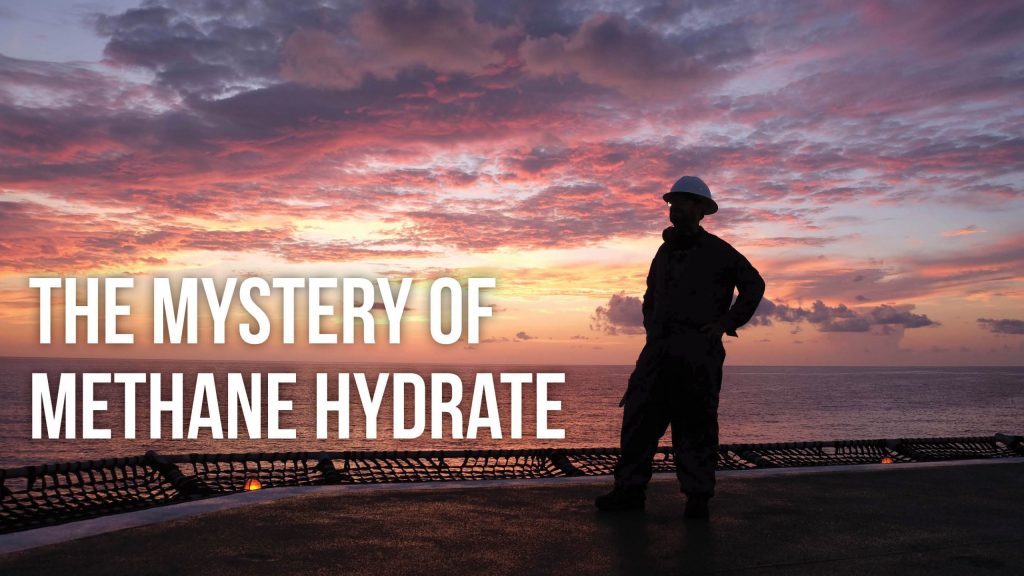
UT Austin Leads Successful Mission to Core Methane Hydrate Reservoir
This summer, the UTIG’s Peter Flemings and collaborators embarked on a mission to take samples of methane hydrate from the deepwater Gulf of Mexico. Watch a documentary about the mission, “The Mystery of Methane Hydrate.”

Studying the Blake Plateau
A UTIG-led ocean research cruise surveyed the tectonics and movement of crust off the coast of Florida, in an effort to find clues to the break-up of Earth’s last supercontinent Pangea. Find grad student Sabrina Reichert’s blog and write-up on the expedition website.
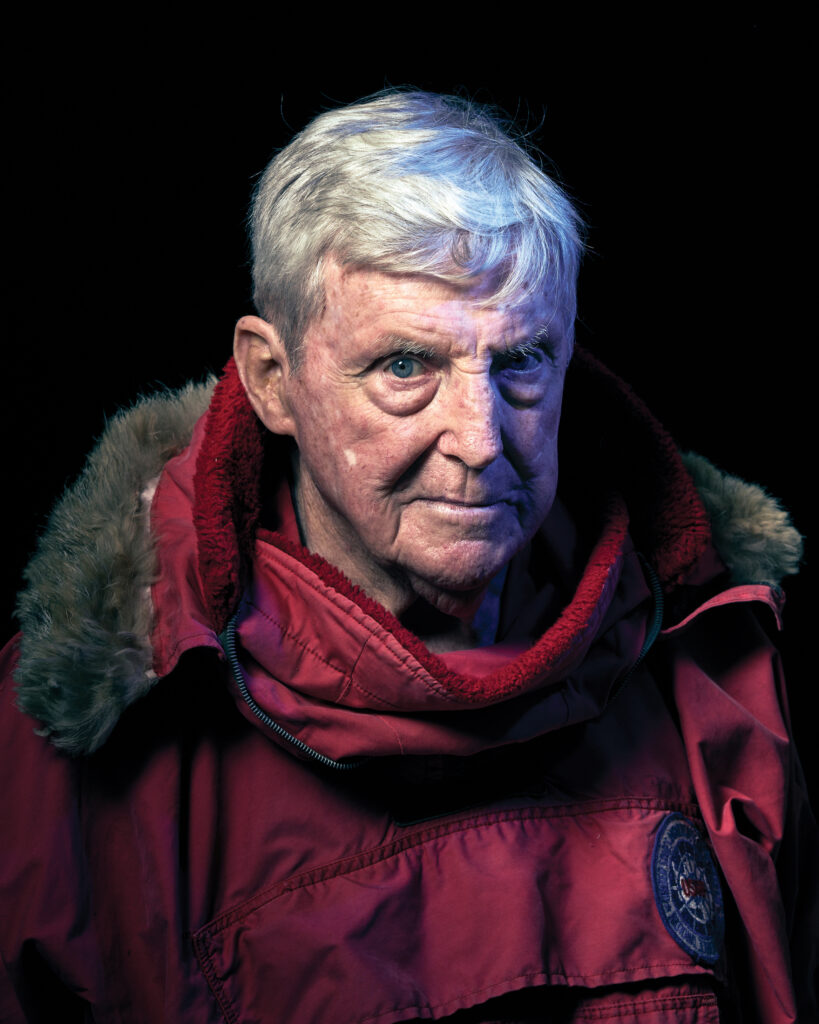
Ian Dalziel Recognized by British Monarch as Top Antarctic Explorer
Research Professor Ian Dalziel, a native Scotsman, spent much of his career at UTIG uncovering Antarctica’s geologic past. This year, Dalziel’s discoveries earned him the United Kingdom’s Polar Medal — the country’s highest honor for Antarctic exploration — and a meeting with the royal family.
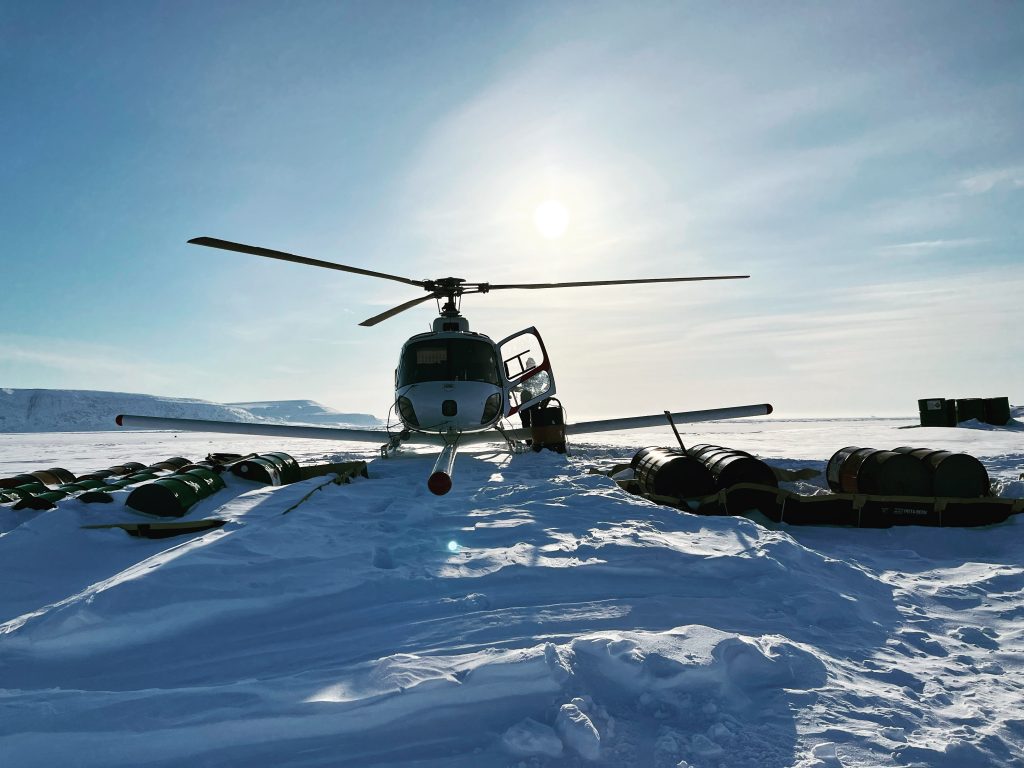
New Radar Technique Lets Scientists Probe Invisible Ice Sheet Region on Earth and Icy Worlds
Scientists developed a radar technique that lets them image hidden features within the upper few feet of ice sheets. Developed by UTIG graduate student researcher Kristian Chan, the technique can be used to investigate melting glaciers on Earth as well as detect potentially habitable environments on Jupiter’s moon Europa.
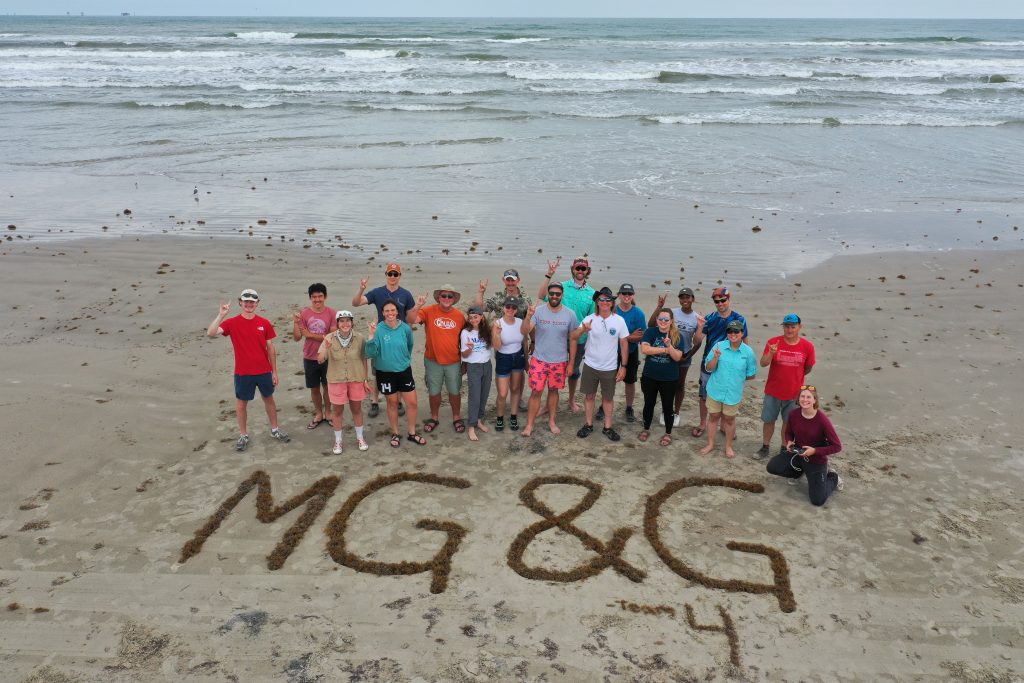
Extended Field Course Helps Students Gain New Insights into Texas Coastal Geology
In May, the Marine Geology and Geophysics Field Course was back in Port Aransas gathering data on coastal processes in and around Corpus Christi Bay. This year, the class used a landing craft for deploying instruments in the bay’s shallows, a LIDAR-equipped drone, and extra days for lectures, labs, field work and research projects.

